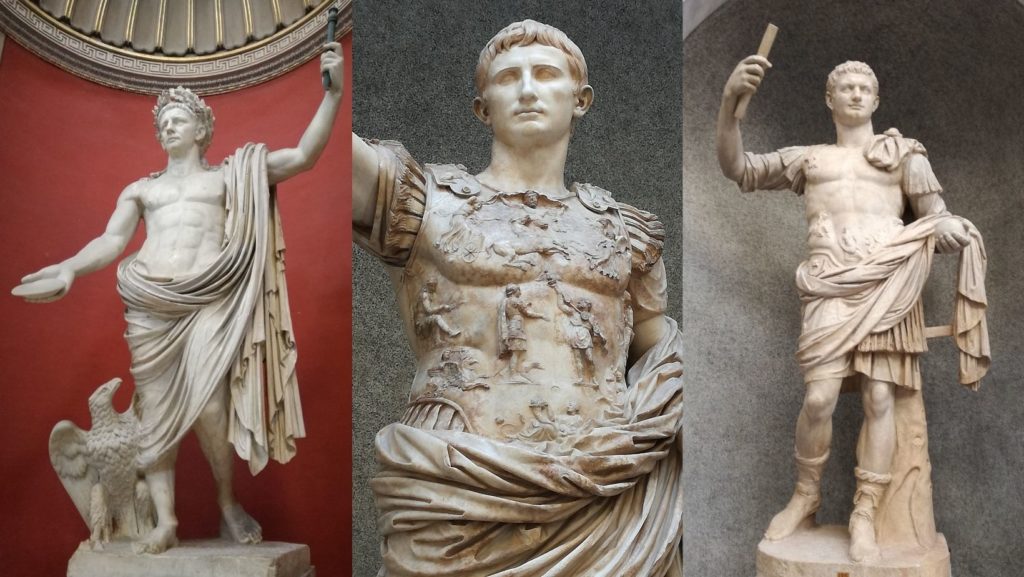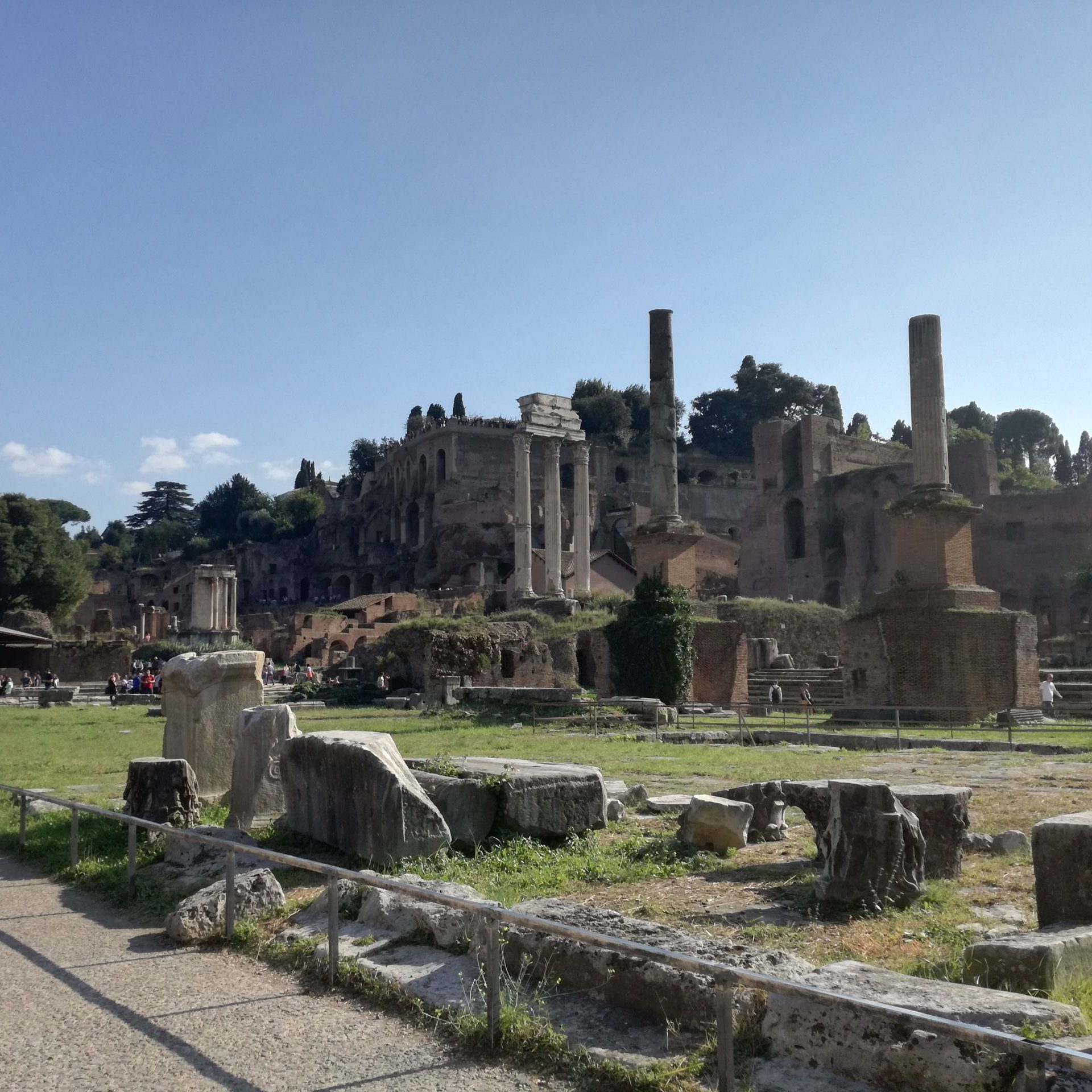The Roman emperors of the first and second centuries CE provided a spectrum of leadership that did not just form an explicit model for rulers and sovereigns in the Middle Ages and the Renaissance: they are still often used as yardstick for assessments of modern governance and styles of individual ‘rule’. And increasingly, it is not just particular examples of governance offered by the Roman emperors, ‘good’ (Augustus) and ‘bad’ (Nero, Domitian) that are used to analyse contemporary leaders.
Recently the role of the ‘strong-man’ leader and the model of Roman imperial government have been appropriated by the alt-right and classical antiquity has been weaponized in the new culture wars of the twenty-first century.
This website is part of the project “Autocracy: Leadership, Ancient and Mondern” conducted by Dr Emma Buckley (P.I.) and Dr Consuelo Martino of the University of St Andrews School of Classics. It examines the role of ancient leadership in the modern imagination. Contributions will contextualise the example of the Roman emperors, good and bad, within contemporary commentary on modern leadership and governance; and re-appraises the use of the classical past in present contexts which seek to use antiquity in arguments about political and cultural identity.

